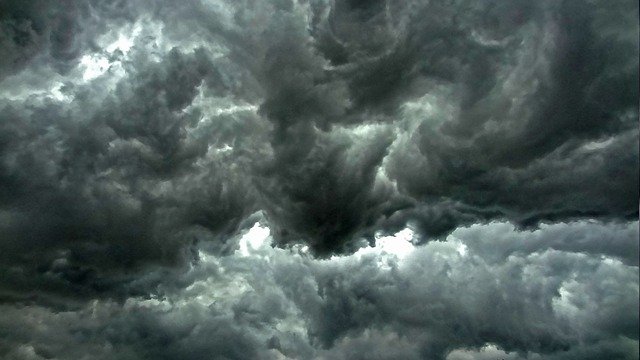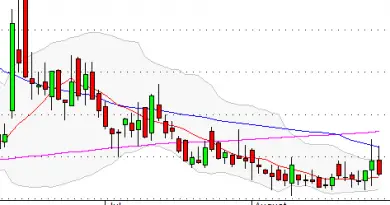How investors are hedging against possible election chaos in America
ELECTION YEARS are not often the best times for stockmarket investors. Over the past 90 years shares included in the S&P 500, an index of America’s biggest firms, have returned an average of about 8.5% a year. The twelve months leading up to each of the 22 presidential elections in that time have been leaner affairs, returning just 6%. Investors tend not to care whether the victorious candidate is Democratic or Republican, but they do like familiarity—returns are a shade higher in years when incumbents are returned to office. The democratic cycle, for all its virtues, tends to bring with it a dose of uncertainty—first about who will win and then about what that victor will do. And uncertainty tends to make financiers nervous.
These jitters are most easily observed in VIX futures, derivatives that measure the level of volatility in stocks. Because periods of very high volatility are correlated with plunging share prices, VIX futures are often traded by investors as an insurance policy against losses in the S&P 500. Because there is usually more potential for volatility over longer time horizons, longer-dated VIX futures tend to be more expensive. They also tend to be dearer around uncertain events that are likely to prompt volatility, such as elections or even important central-bank meetings.
Investors appear to be especially keen on downside protection around this election. In September Cameron Crise, a strategist at Bloomberg, wrote that VIX futures markets have “never had an event risk command this sort of premium”. Even more unusually, VIX futures prices are elevated not just around the date of the election, but for the months between the vote on November 3rd and the inauguration on January 21st (see chart).

